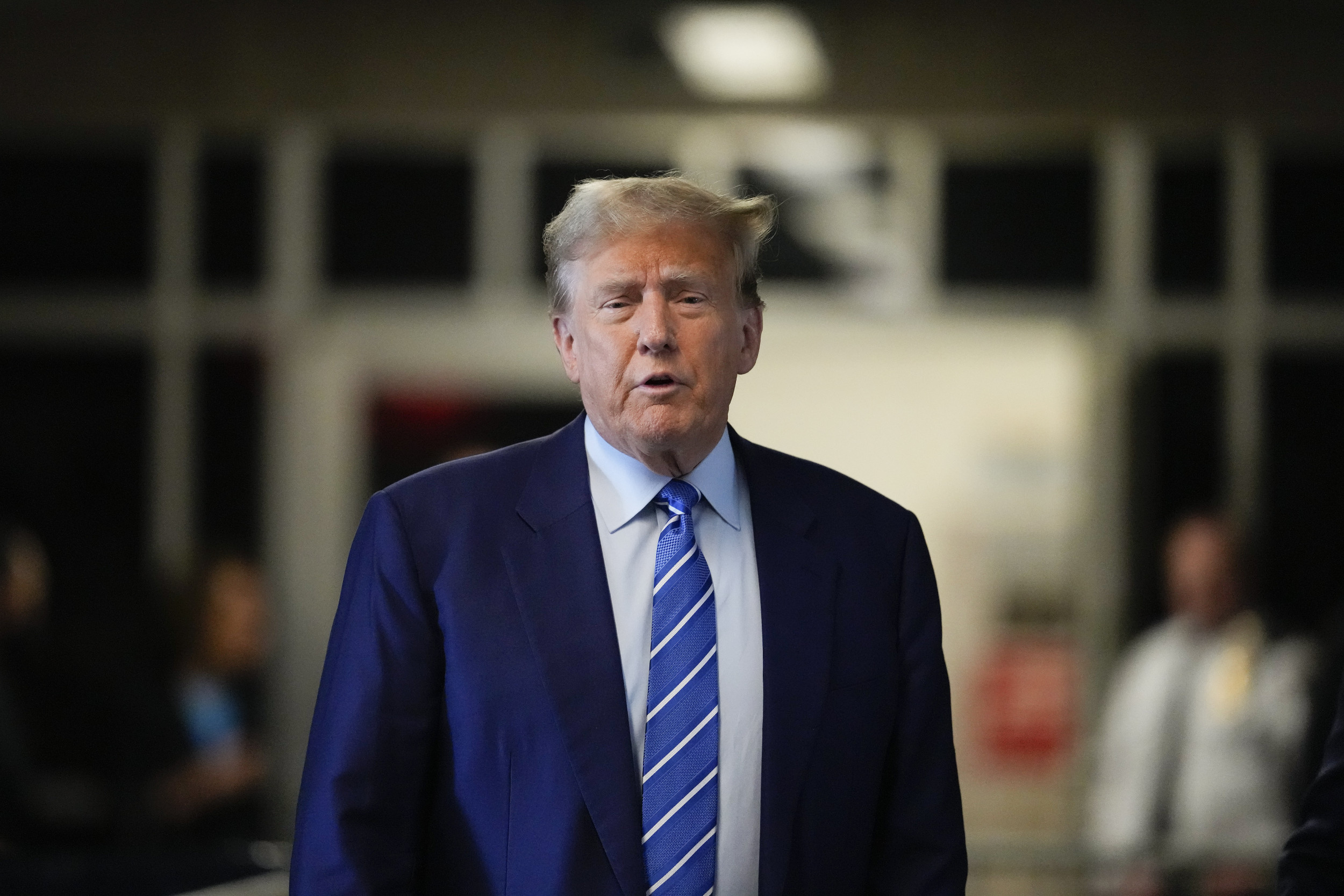
A double amputee who lost his arms 40 years ago has been fitted with two bionic arms attached from shoulder level, both of which he can control just by thinking.
Scientists have long been working on developing replacement limbs which can can closely imitate the functions of real ones. Indeed, researchers at the Johns Hopkins Applied Physics Laboratory in Maryland have been developing their Modular Prosthetic Limbs (MPLs) for over a decade but it was only this summer that they made history when Les Baugh, a double amputee, used two MPLs simultaneously.
Whilst the arms in question are still a work in progress and can't yet be used outside the laboratory, Baugh, who lost both his arms in an accident four decades ago, has become the "first bilateral shoulder-level amputee" to wear and use the MPLs at the same time.
In order for him to be able to control the arms with his brain, Baugh first had to undergo a surgical procedure called targeted muscle reinnervation. "It's a relatively new surgical procedure that reassigns nerves that once controlled the arm and the hand," explained Albert Chi, a trauma surgeon at Johns Hopkins. "By reassigning existing nerves, we can make it possible for people who have had upper-arm amputations to control their prosthetic devices by merely thinking about the action they want to perform."
The research team then had to record the patterns that Baugh's brain made whenever his muscles moved.
In order to use the prosthetic limbs, Baugh had to be trained how to use them, which involved using the laboratories complex pattern recognition system, which analyses the coordinated engagement of muscle groups and then translates it into instructions for controlling a prosthetic limb.
As his arms had been cut off from the shoulder, Baugh also had to be fitted with a custom socket to connect the prosthetics and the accompanying nerves to his body.
Within 10 days of practicing, Bough had managed to move several objects, including moving a cup from one shelf to a higher one.
"This task simulated activities that may commonly be faced in a day-to-day environment at home. This was significant because this is not possible with currently available prostheses. He was able to do this with only 10 days of training, which demonstrates the intuitive nature of the control," Courtney Moran, one of the researchers on the project told CNET.
"We expected him to exceed performance compared to what he might achieve with conventional systems, but the speed with which he learned motions and the number of motions he was able to control in such a short period of time was far beyond expectation.
"What really was amazing, and was another major milestone with MPL control, was his ability to control a combination of motions across both arms at the same time. This was a first for simultaneous bimanual control."
The team hope to develop two MPLs that Baugh will be able to take home and use there.
Uncommon Knowledge
Newsweek is committed to challenging conventional wisdom and finding connections in the search for common ground.
Newsweek is committed to challenging conventional wisdom and finding connections in the search for common ground.
About the writer
To read how Newsweek uses AI as a newsroom tool, Click here.








